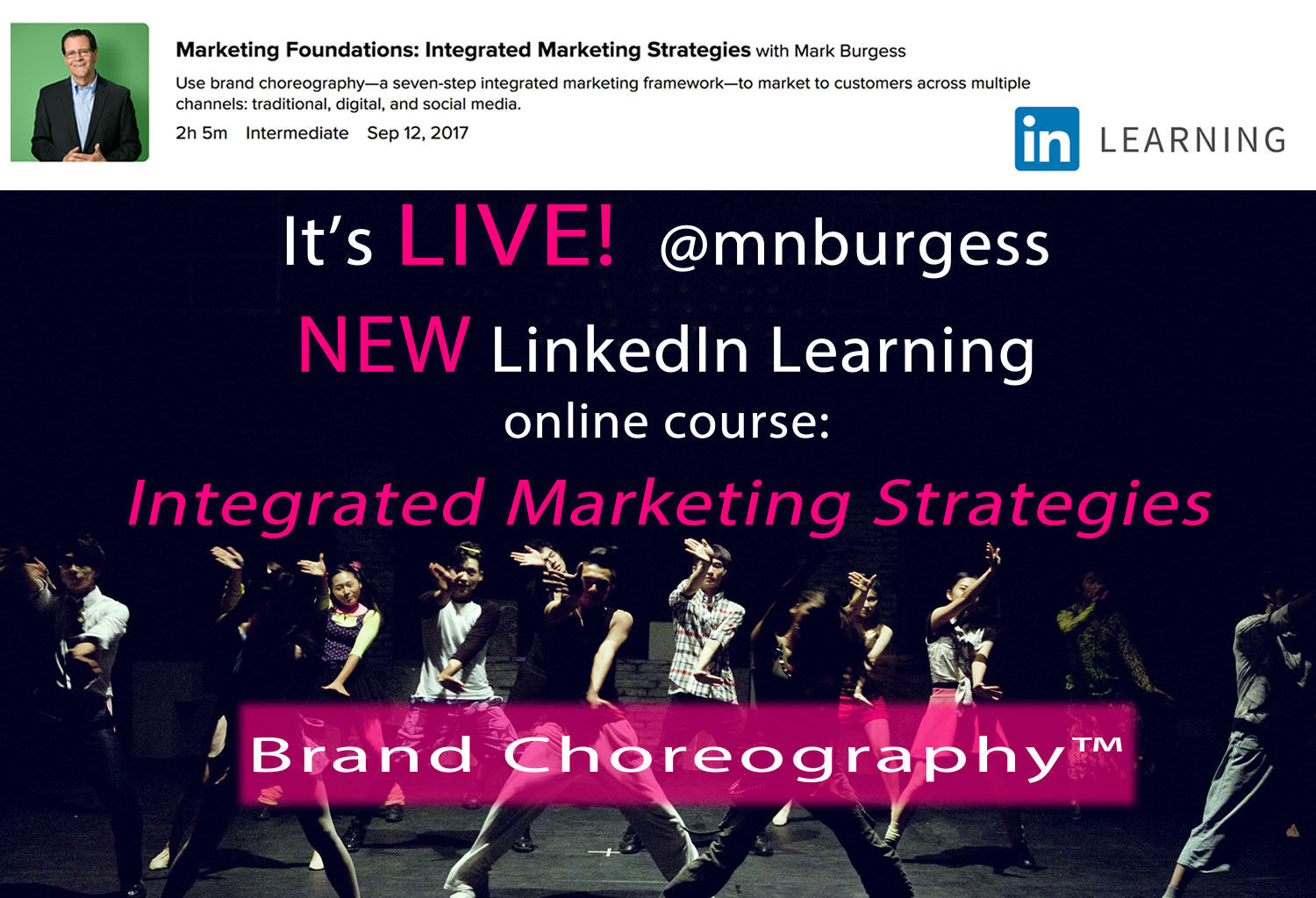Creativity is a Process – Tim Leake Interview
Part 2 of 3
Dedicated to Dan Higgins @adscientist Medical Officer US Army deployed Monday, Aug. 23rd to Afghanistan and will be reading Part 2 – Tim Leake blog on the plane.
Part 1 of my interview with Tim Leake looked at the insight gained by teaching the creative process; in this part, we discuss the roles solitude, discipline and simplicity play in giving him the mental space to work.
New York City – Soho
Ah, high school: close friends, spirit-filled gymnasiums and what seemed like innumerable essays. But, in addition to the ups and downs of adolescent life, high school often brings out talents and skills that are the first kernel of our professional careers. This certainly seems to be the case for Saatchi & Saatchi Creative Director Tim Leake, who realized this thanks to a classmate.
Relishing a Creative Challenge
“One of my favorite compliments ever was back in high school, in computer science class,“ he recalls. “Only myself and one other kid were any good at programming, and one day that kid looked at how I solved a particular coding problem. He was really impressed, because he said he’d never have thought of doing it the way I did…I’ve always loved the challenge of solving problems through creativity.”
This is fundamentally linked to his belief about the true role of the advertising profession. Tim believes, and many probably would agree, that, “Advertising is about providing creative solutions to business problems.”
Inspiration Comes from Balance and Discipline
On the surface, creativity seems to be something that “hits” someone via the influence of a muse, a daydream or a eureka moment. But, in a profession that demands production level creativity on a daily basis, how does Tim manage to seek inspiration? “It was easier as a kid,” he says, “because I had so much time to devote to it…as I get older, I have to be much more disciplined in order to act on it.”
As responsibilities mount and attention becomes more fragmented, Tim acknowledges that what once came easily takes more deliberate focus. “One definitely has to work to retain creativity. Life is really good at letting other stuff get in the way,” he admits. So, in what ways can the idea of discipline serve creative inspiration?
First, Tim believes in the importance of solitude: “You need time alone, free from distractions, in order to get anything done. It’s really easy, actually, to think of clever ideas. The hard part is making them a reality.” Tim takes this seriously and treats the discipline in a way that others can understand its importance. “I schedule meetings with myself. I reserve a meeting room and go there to work. People have a habit of thinking I’m goofing off if I’m sitting on the couch with a notebook – [it’s] sad, but true. They also don’t mind interrupting me. But somehow, meetings are inviolate. If I’m in a meeting, nobody even thinks of bugging me.”
Balancing being a father and a creative director poses exciting new challenges for Tim as well. However, anyone who’s spent time with children knows that there’s as much inspiration in the time spent with them as there is challenge. With the idea of creative challenges in mind, I asked Tim what he did in cases of “writer’s block,” during the time he carves out for solitude. He responded with candor: “I’m often not in ‘the mood’. But you have to try anyway. Sometimes that gets better once I get started, and sometimes it doesn’t. If it doesn’t, I’ll go do something else. Then try again later. Other than that, just remember it’s a process. You can’t force yourself to think of a brilliant idea.”
Importance of Simplicity
A final key aspect of Tim’s work and observations that is à propos of refining creative habits is the importance of simplicity. Tim noted that the search for simplicity has always been a passion of his: “Communication is like throwing a ball to someone. If I throw you one ball, you’re likely to catch it. But if I throw you five at once, you likely won’t catch any of them. I like to joke that one of life’s great ironies is how complicated the Wikipedia page for Occam’s Razor is.” When it comes to messaging, visuals and creative concepts, we shouldn’t stray from the beauty that simplicity can instill.
Well, now to distill a complicated discussion into clear takeaways. Remember that creativity is a process, and one that can’t be forced. Habits such as making regular time for personal solitude and remembering the value of simplicity can work significantly to preserve inspiration in an otherwise chaotic life. As Tim remarks, advertising is about providing creative solutions to a business problem. The best place to start this process however, is by making sure you’re practicing habits that ensure that can happen.
If you found the methods for keeping creativity vibrant fascinating in Part 2, then you’ll surely want to check out the final installation of our conversation with Tim Leake. In Part 3, we will delve into an overarching piece of advice that has served Tim well and we will deliver a set of takeaways with which you will be able to approach creativity in your career, personal life and the overlap in between.
SPECIAL ANNOUNCEMENT!
Meet #MarketerMonday Greats on #MMchat ! Blue Focus Marketing will be Live Tweetchat guests on Monday, Aug 23rd at 8:00 PM EST. Join Us! http://bit.ly/MMchat #MM Hosted by: @TheSocialCMO
Transcript Now Available: @TheSocialCMO Transcript of Event
@TheSocialCMO Blog on #MMchat
Follow us on Twitter:
Blue Focus Marketing @bluefocus360
To learn more about Blue Focus Marketing, go to the media room and read our Fact Sheet and Press Release.














Thanks for Part 2 of the interview Brian. I’m looking forward to Part 3. This article covered how Tim values his solitude for creative problem solving. When either teaching or collaborating, I’m curious how Tim challenges others to be creative.
Thanks for reading and for the comment as well, Billy! I’m really excited to hear your anticipation for Part 3, since I believe that post really gets at the primary method Tim recommends for fostering creative and collaborative thought. I know as well, that the way that we’ve assembled Tim’s ideas in Part 3 from throughout the series will offer a great set of take-aways. I look forward to hearing your thoughts on Part 3! Cheers!
Excellent part 2!
When Tim said, “One definitely has to work to retain creativity. Life is really good at letting other stuff get in the way” – being a Millennial in this digital age (Hi, I’m Susan & I’m a Tweetaholic), I am addicted to what others are sharing and want to be in the know, I often experience social media “time theft.” Tim suggested to schedule “me-time.” I agree that it is an important element. Sometimes it’s good to be selfish and not share your time with anyone, you get to figure out a lot of things.
“You can’t force yourself to think of a brilliant idea.” Totally agree with that line. I learned that as long as research is done, put that thought aside for the time being and that eureka moment will come (like when we’re brushing our teeth or scratching an itchy part of the body). DINGG! Forcing out an idea can get very frustrating. Come on…THINK!! Grrr..
There are so many things that I love about this article. I truly feel that Tim is speaking for so many of us that experience this. Every line had me going, “Yes! So true! Goodness, yes!” As a student, I am trying to polish my creative habits 😉 This blog post is a refreshing read and can be applied to life in general. I love when great work can crossover to other things in life – and of course, finding that time to yourself can not only allow great self-reflection and build-up of ideas, but can be very calming for your health!
Cheers to the Blue Focus Marketing team!
Susan
Thanks for your wonderful comments, Susan! Reading them was a delight. Much of your struggle to make time for your own creativity outside of staying “current” and work responsibilities is an increasingly difficult one that I too share. Tim has really hit on a great solution – Treat yourself and your creativity as importantly as you would a planning meeting or a private conference call – and stick to it. Ideas like this made it quite evident how passionate and creative Tim is about creativity itself.
I also enjoyed the way that you termed it “selfish.” I would absolutely agree that it’s a necessary version of selfishness. After speaking with Tim, I also wondered in what ways having that dedicated personal time therefore also allows us to be more fulfilled and better focused in our other obligations towards clients, family and friends. I’d say this is akin to the “crossover” into other aspects of life which you mentioned. Thoughts?
Thanks again for reading, Susan. I’m really glad you’re enjoying Tim’s creative insight and I’m ecstatic to see such thoughtful comments!